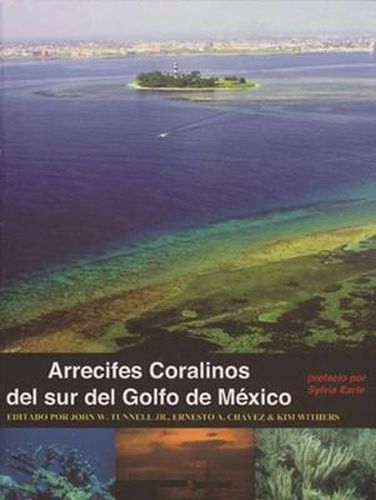Readings Newsletter
Become a Readings Member to make your shopping experience even easier.
Sign in or sign up for free!
You’re not far away from qualifying for FREE standard shipping within Australia
You’ve qualified for FREE standard shipping within Australia
The cart is loading…






Coral reefs declined worldwide during the 1980s and 1990s, making them perhaps the most endangered marine ecosystem on Earth. This realization spurred John W. Tunnell Jr. and others to write a comprehensive book that would raise awareness of coral reefs and their plight. Tunnell and coeditors Ernesto A. Chavez and Kim Withers present an integrated and broad-ranging synthesis, while Mexican and U.S. experts assess the current state of these fragile systems and offer a framework for their restoration. Beginning with a history of the research done in this region, Coral Reefs of the Southern Gulf of Mexico covers the geography, geology, oceanography, ecology, and biodiversity of the thirty-eight emergent or platform-type coral reefs in the southern Gulf. The editors include chapters on the biota-from algae to fish-followed by a look at environmental impacts, both natural (such as hurricanes and red tides) and human (such as ship groundings and dredging). The book closes with a discussion of conservation issues, which is both descriptive and prescriptive in its assessment of what has been done and what should be done to protect and manage these vital ecosystems.
$9.00 standard shipping within Australia
FREE standard shipping within Australia for orders over $100.00
Express & International shipping calculated at checkout
Coral reefs declined worldwide during the 1980s and 1990s, making them perhaps the most endangered marine ecosystem on Earth. This realization spurred John W. Tunnell Jr. and others to write a comprehensive book that would raise awareness of coral reefs and their plight. Tunnell and coeditors Ernesto A. Chavez and Kim Withers present an integrated and broad-ranging synthesis, while Mexican and U.S. experts assess the current state of these fragile systems and offer a framework for their restoration. Beginning with a history of the research done in this region, Coral Reefs of the Southern Gulf of Mexico covers the geography, geology, oceanography, ecology, and biodiversity of the thirty-eight emergent or platform-type coral reefs in the southern Gulf. The editors include chapters on the biota-from algae to fish-followed by a look at environmental impacts, both natural (such as hurricanes and red tides) and human (such as ship groundings and dredging). The book closes with a discussion of conservation issues, which is both descriptive and prescriptive in its assessment of what has been done and what should be done to protect and manage these vital ecosystems.